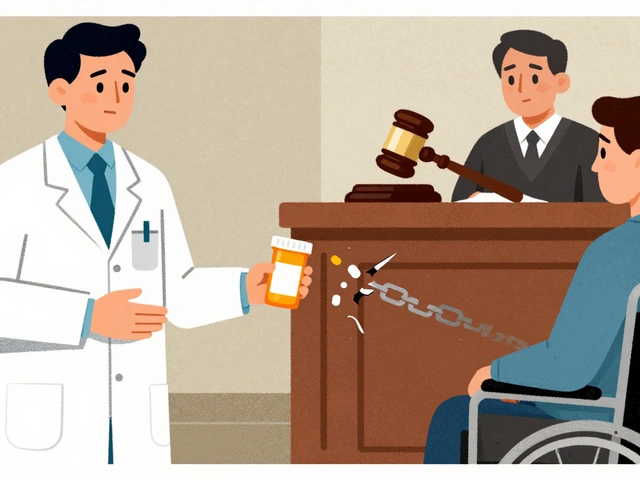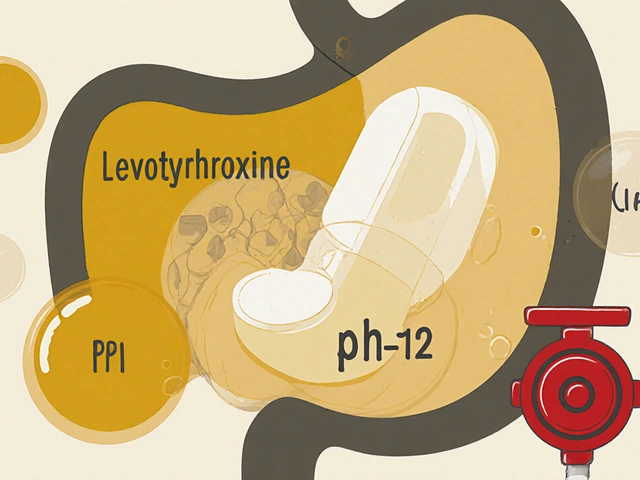Levetiracetam (Keppra): What You Need to Know
Levetiracetam—often sold as Keppra—is a common anti-seizure (anticonvulsant) medicine. People use it for focal (partial) seizures, generalized seizures, and as add-on therapy for different seizure types. If you or someone you care for is starting levetiracetam, this short guide covers the practical stuff: how it works, typical dosing, side effects to watch for, and easy safety tips.
How it works and who takes it
Levetiracetam changes how nerve cells communicate in the brain to reduce seizure activity. It’s popular because it works for many seizure types and has relatively few drug interactions compared with older anticonvulsants. Doctors prescribe it for adults and children; dosing varies by age, weight, and kidney function.
Dosing basics and important rules
Typical adult starting dose is 500 mg twice daily. Many people move up to 1,000 mg twice daily if seizures continue or side effects are tolerable. There’s an extended-release form taken once daily (often 500–1,500 mg once daily). Kids get weight-based doses—your clinician will calculate that. If you have reduced kidney function, doses need to be lowered.
Take it at the same times every day. You can take levetiracetam with or without food. Don’t stop it suddenly—stopping can trigger seizures. If you need to stop, your doctor will taper the dose down slowly.
Levetiracetam levels aren’t usually checked like some other seizure drugs. Instead, doctors track seizure control, side effects, and kidney function.
Common side effects: drowsiness, dizziness, tiredness, headache, and mild coordination problems. Many people tolerate levetiracetam well, but mood or behavior changes happen to some—irritability, anxiety, or new aggression. Rarely, people report thoughts of self-harm. If you notice big mood shifts or suicidal thoughts, get medical help right away.
Serious warnings: allergic reactions (rash, swelling, trouble breathing) are rare but need immediate care. Also talk to your doctor if you’re pregnant, planning pregnancy, or breastfeeding—antiseizure drugs affect pregnancy planning and fetal risk differently, so your care team will weigh risks and benefits.
Drug interactions and monitoring: Levetiracetam has few major drug interactions because it’s mostly excreted unchanged by the kidneys. Still, combining it with other central nervous system depressants (strong sedatives, alcohol) can increase drowsiness. Tell your prescriber about all medicines and supplements you take. Your doctor will usually check kidney function before starting and during treatment.
Practical tips: keep a seizure diary, don’t skip doses, avoid heavy drinking, and don’t drive until you know how the medicine affects you. Use a single pharmacy when possible and keep a list of your meds for all health visits. If you plan to buy online, use a reputable pharmacy and always keep the prescription from your prescriber.
If anything feels off—new mood problems, severe dizziness, or allergic signs—call your clinician. Levetiracetam helps many people control seizures, but safe use means paying attention and staying in touch with your care team.

This article explores the surprising role of SV2A, a protein previously famous for epilepsy treatment, and its emerging significance in psychiatric and neurodegenerative disorders. Learn how SV2A-targeting therapies, originally made for seizures, are now being tested for conditions like depression, schizophrenia, and Alzheimer’s disease. The article reviews what science reveals about SV2A in the brain and why it’s catching the attention of drug developers. Find practical tips, real stats, and an honest look at the future of SV2A-based treatments. Packed with hands-on insights, the article makes the latest neuroscience research easy to understand for everyone.
Continue Reading





